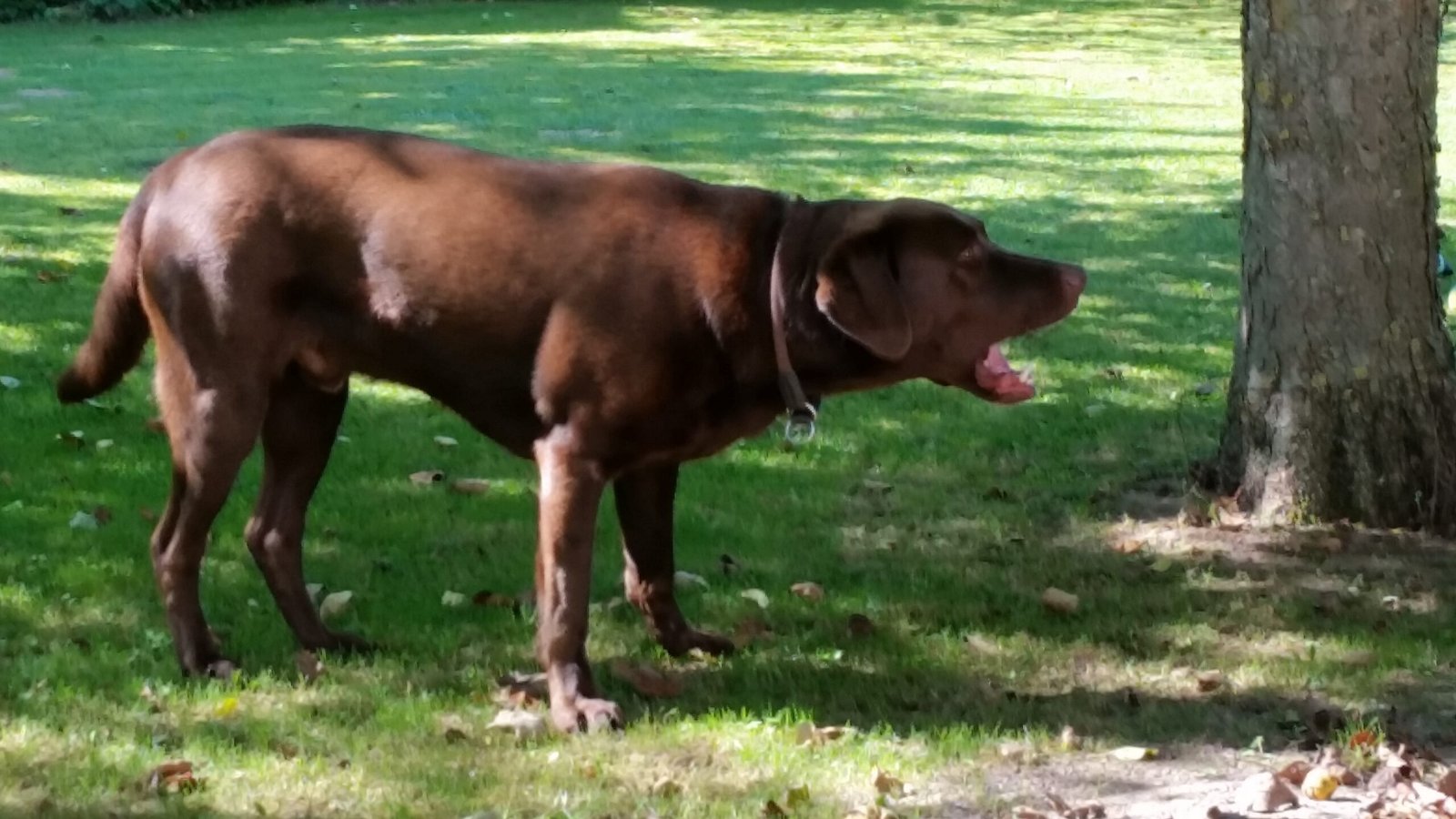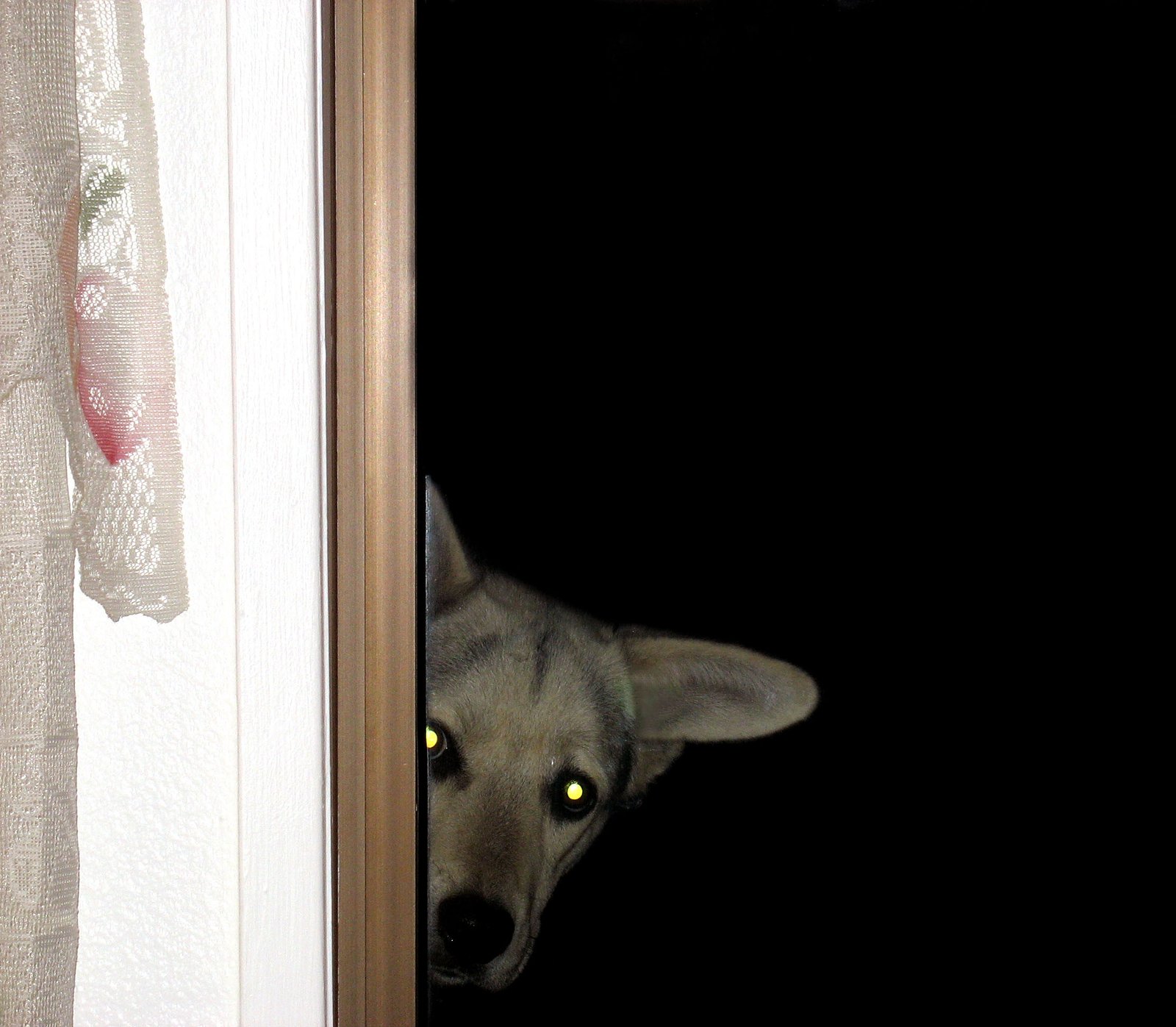Have you ever caught your dog gazing at you with soulful eyes and wondered, “What is he trying to tell me?” Dogs speak a complex language, not with words, but with every flick of their tail, tilt of their head, and gentle nudge of their nose. Their emotions run deep, and sometimes, the signals they send can go unnoticed in our busy lives. Missing these signs can leave your furry friend longing for more—more love, more attention, or simply more understanding. Let’s dive into the emotional world of dogs and uncover the subtle signals that reveal when your best friend truly needs more from you.
The Power of Eye Contact: Windows to the Canine Soul
A dog’s eyes are incredibly expressive. When your dog holds eye contact with you, it’s not simply a random act. Soft, lingering gazes often mean your dog seeks connection or reassurance. Sometimes, you’ll notice a pleading look, as if they’re silently asking, “Do you see me? Are you there for me?” On the other hand, if your dog avoids your gaze or frequently looks away, it may indicate stress, discomfort, or even sadness. Watch for changes—wider eyes, a furrowed brow, or slow blinks can be emotional pleas. In the world of dogs, eyes speak the loudest when words aren’t available.
Leaning In: The Subtle Art of Physical Contact
Dogs crave closeness with those they trust. If your dog often leans against you, rests their head on your lap, or gently nudges you with their body, it’s more than affection—it’s a need for reassurance and bonding. These gestures are a dog’s way of seeking comfort, especially after a stressful event or during changes in their environment. Ignoring these moments can make your dog feel overlooked. Think of it as their way of asking for a hug without words. A little extra cuddle time can work wonders for their emotional well-being.
Restlessness and Pacing: When Calm Turns to Concern
Dogs are creatures of habit, and sudden changes in their activity can be a red flag. If your normally relaxed dog starts pacing, circling, or seems unable to settle, it might be a sign they’re anxious or their emotional needs aren’t being met. This restlessness can stem from loneliness, boredom, or even a desire for more engagement with you. Imagine being cooped up with no outlet for your feelings—dogs feel the same. Providing new toys, interactive play, or just your undivided attention can help ease their worry.
Barking and Whining: The Emotional Outcry

Vocalization is a direct line to a dog’s emotions. Unusual barking or whining often signals that something is missing. Maybe it’s your attention, maybe it’s a walk, or perhaps it’s as simple as wanting to be near you. Recognizing the difference between a playful bark and a distressed whine is crucial. Dogs who suddenly become more vocal are often trying to communicate unmet needs. Ignoring these cues can lead to frustration—for both you and your furry companion.
Changes in Appetite: When Food Isn’t Just Food
Dogs love their mealtimes, so any shift in appetite could be a clue to their emotional state. If your dog suddenly loses interest in food or seems less excited about treats, it could mean they’re feeling sad, anxious, or neglected. On the flip side, some dogs might overeat when stressed, seeking comfort in food. Watch for subtle changes and consider what’s happening in their environment. Sometimes, what looks like a picky eater is actually a dog longing for more emotional connection.
Tail Talk: The Language of Wags and Whispers
Most people assume a wagging tail means a happy dog, but the truth is much more nuanced. A slow, low wag can mean uncertainty or insecurity, while a high, stiff wag might signal tension. If your dog’s tail is tucked or rarely wags around you, it could be a sign they feel disconnected or unsettled. Paying attention to tail movement, along with other signals, can help you understand what your dog is truly feeling. The tail is like an emotional barometer—don’t miss the forecast.
Yawning, Lip Licking, and Other Calming Signals

Dogs have a whole set of “calming signals” they use to communicate stress, confusion, or discomfort. Yawning, licking their lips, or even turning their head away can be their way of saying, “I’m not okay.” These gestures are often overlooked because they seem so small. Yet, they’re powerful indicators that your dog needs more comfort and support. Next time you see your dog yawn outside of nap time or lick their lips for no reason, pause and check in with their feelings.
Withdrawal and Hiding: Silent Cries for Help

A dog who suddenly hides under tables, retreats to corners, or isolates themselves may be struggling emotionally. This withdrawal can be a response to feeling neglected, scared, or overwhelmed by changes at home. It’s heartbreaking to see, but it’s their way of coping. Just like people, dogs need time and gentle encouragement to come out of their shell. Reaching out with patience and calmness shows them you care and that they’re not alone.
Clinginess and Following You Everywhere

Dogs who shadow your every move aren’t just being cute—they might be seeking extra reassurance. This clinginess often spikes during times of change or when they sense you’re distracted. If your dog becomes your “shadow,” it’s a sign they need more attention, affection, or simply to feel secure. While it’s tempting to dismiss this as neediness, remember that your dog’s world revolves around you. Taking a few moments to reassure them can make a huge difference in their emotional health.
Destructive Behavior: Loud Messages in Broken Pieces

Chewed shoes, shredded pillows, or scratched doors can be more than just bad habits—they’re often signs of unmet emotional needs. When dogs feel ignored, anxious, or bored, they may turn to destructive behaviors as a way to cope or seek your attention. Instead of punishment, try to look deeper. What is your dog missing? More play, more walks, or just more of your presence? Addressing the root cause can transform chaos back into calm.
Conclusion: Listening with Your Heart
Understanding your dog’s emotional signals builds a bridge of trust and love that words could never express. By tuning in to their subtle cues—whether it’s a longing gaze, a restless shuffle, or a quiet whine—you let your dog know they matter. When you listen closely, you’ll discover that your dog is always talking to you. The question is, are you ready to hear what they have to say?






